Si Steers explains why Liverpool must be self-sustaining if they are able to plan long term and get back into the Champions League…
So far, Liverpool FC’s transfer business this summer seems underwhelming. There have been plenty of calls from supporters for the owners to ‘dig deep’ to fund an assault on Champions League qualification. There is a very credible argument that if you don’t continue to move forward then you will stagnate and fall further behind.
This is where the difficulty lies for Liverpool at this stage in its evolution. Last year – there was a significant investment in the squad – and although the net spend was far lower than the outlay on new players – it was a significant attempt by the owners to get back into the CL at the first attempt. Following a disappointing season where we finished 8th it has maybe now become clear that investment isn’t the only solution to getting the club back into the CL.
Essentially there are three different options open to the owners to invest in the playing squad. The option that they are following is most closely aligned to the ‘Arsenal’ model – where a focus on youth and well structured wage scale has allowed the club to maintain year on year CL football and build a competitive side. Within that model – players can also be sold at a large profit once they reach 28-30.
This article is a look at the three models open to the owners to invest in players: and a view as to why the model of ‘self sustainability’ is the only one that can work for Liverpool and is in the best long term interests of the club.
Debt model
One of the options open to the owners is to take a gamble on CL qualification and use loans to fund transfer deals. The club could take out a loan of £50-100m to give Rodgers a ‘war chest’ and bring in players of CL quality.
The issue with doing this is that there is no guarantee you will get back into the CL – which becomes an absolute necessity, not an aim, so that you can pay the loan back. All you have to do is look at the recent history of Leeds United to understand why football clubs are reluctant to fund player investment on a model of debt.
In addition to the transfer fee – you also have to account for player wages. In the latest report and accounts our wages were running at 70% of our total revenue – so bringing in a number of new players on CL level wages will either increase that ratio – or best case keep it the same even though we have offloaded some of the high earners that were at the club.
In 2011 we made a loss as a football club as we were forced to write off bad investments and decisions from the previous regime – but the difference between our wages and revenue was about £55m – and that is without any other expenses factored in.
Funding player investment on a model of debt is an irresponsible and illogical way to manage a football club. In a competitive league – taking a gamble that you will definitely be in the top four is irresponsible. And if it goes wrong – you only have to look as far as Leeds United.
Owner equity release
This is perhaps the model that most fans believe should happen – the owners putting more money into the club. When FSG acquired Liverpool they invested around £300m of their own capital – not debt or bank funded. Whilst that represents a good price for a club with huge potential – it isn’t quite the ‘fire sale’ bargain that people assume. To put it into context – Sheikh Mansour acquired Manchester City for £200m. Of course, he has since invested a great deal more – but Mansour has acquired City as a ‘trophy asset’ and not as a business that he wants to see a return on – which is how most football clubs are run.
The £300m that FSG acquired Liverpool for was very much based on potential future revenue. Using standard investment models – the price they paid was 6-8 times EBITDA (profit) which is more than the standard 4-6 times used in most M&A transactions. So even though £300m was a good price – it was also a fair price – and it will only represent a good deal for FSG if they realise the clubs potential by resolving the stadium issue, increasing commercial income, and getting it right on the pitch.
To be fair to FSG Henry was explicit from the outset that the club would be run on a model of self sufficiency – where every penny the club made in profit would be ploughed back into the club – but there would be no more equity injection from FSG beyond the initial £300m investment. That has always been set in stone.
Just as a hypothetical argument – if FSG invested another £50m into the club for player investment – you would still have the same issue with wages to revenue and the risk you wouldn’t qualify for the CL. It then becomes a black hole – if £50m doesn’t do it, then you need more – and all of a sudden a £300m investment becomes £400m. That was never the model that FSG signed up to – and is more aligned to the cash rich style of Mansour and Abramovich – where cost and wages is no object – the ‘sugar daddy’ style owner.
The self sufficiency model
This model is perhaps the most difficult one for supporters to get behind as it requires patience and compromise. But – in the long term interests of any football club – it is the model that will guarantee a sustainable future based on affordability and ability to pay rather than outside investment.
The model that Liverpool is pursuing is all about using the money the club generates to drive growth on and off the pitch. But as already touched on – when your wages are running at 70% of your total revenue – you have to cut your cloth and be ruthless to make the self sufficiency model work. That is what has been happening this summer at the club – we have seen Aurelio, Maxi, Kuyt, and Aquilani all depart. With the potential departure of Bellamy as well that should reduce our wage to revenue ratio down to around 65%.
Whilst many supporters believe that the failure to replace these players with similar quality equals a step backwards – that doesn’t tell the entire story. Essentially what is happening at Liverpool at the moment is a restructuring of our squad – a realignment that will eventually bring wages to revenue closer to 50-55% which is more in line with our direct competitors United (46%), Spurs (56%) and Arsenal (55%).
The fact that we are going backwards as a result of trying to reduce wages is also a bit of a myth – Tottenham’s total wage bill stood at £90m in 2011 v’s Liverpool’s of £128.9m. Compare the quality of both squads and you can begin to understand why we are trying to realign our wages. Tottenham have qualified for the CL and finished 4th in the last two seasons – and they have achieved this by being an incredibly well run football club where profit has been re-invested wisely and wages have been kept under control.
That is where Liverpool is trying to get to. Liverpool (£184m) generates more revenue than Tottenham (£164m) – but they are in a better starting position given that Daniel Levy took them through the process of implementing a solid business and financial model a few years ago. Current results are the fruition of that process. But it is proof that even with a wage bill of £90m you can be competitive in the Premier League.
Once our wage bill is under control it will free up more ‘equity’ to invest in the squad and infrastructure of the club. In our current situation – we are freeing up cash by moving players on that we may want to keep in an ideal scenario – and bringing in players that are on sensible wages. That is the reason that Sigurdsson went to Spurs – his wage demands went from ‘sensible’ to ‘greedy’. Spurs can afford to offer more as already highlighted they have a manageable wage structure and budget in place already.
Why this is the model for Liverpool
All of this is frustrating as a fan – we all want to see Liverpool compete for the best players in the transfer market. But it will take some time to get the club on the right footing to be able to do that. We can still be competitive in paying fees and wages for the right players – and Suarez new contract is proof that our ambition is to keep our best players.
But there will be occasions when a ridiculous offer comes in for a player that maybe can be replaced – either due to age or injury record. Sometimes it makes economic sense to listen to an offer – and if it works for the club to accept it. Arsenal has done this successfully for years – and it has helped them to finance a new stadium and remain competitive. Once the stadium has been paid for – Arsenal will be in an enviable financial position.
So, despite the myths and speculation that Liverpool are ‘broke’, that the owners are ‘tight’ and we are going backwards – that isn’t really the case. This summer is an exercise that is trying to get us closer to how our direct competitors operate – but they all began this process a few years ago. It is a classic case of a perceived backwards step but actually planning for two steps forward.
I am sure that once the season starts we will have new faces in – but it may mean a sacrifice in other areas of the team. Once we get our wages down to 50-55% (which is £100m – still £10m more than Spurs) of our revenue our ability to pay can grow with our revenue – which is where Billy Hogan is focused on leveraging our commercial potential to increase our ability to compete.
In some ways this is year zero – in others, it isn’t. It is year zero once we are in a healthy position off the pitch to be able to progress at the pace we all want to see. The self-sufficiency model will eventually put us on a very strong footing – and broadly speaking, if we do follow a similar journey to Arsenal both on the field and off it we are on the right long term path.
We don’t have sugar daddy owners – we have owners that are good business people. Providing that the profit the club makes through its revenue streams and player sales is all ploughed back into the club, we are in good hands. It is then down to the manager and people around him – ‘the experts’ to invest that money wisely in players. FSG do not buy players – and it is too early to make judgements on Rodgers. He is constrained this summer by a realignment of how we manage transfers and a wage budget that has to go down, not up.
That will automatically translate into perceptions the players we bring in aren’t as good as the ones that are going. But as Newcastle showed last season that isn’t always the case – if we get the right players in at the right cost we can progress against a backdrop of building a solid financial base. That is the challenge for Rodgers – but if it doesn’t happen this year, next season we will be in better shape to bring in quality players – and that will continue year on year.
The return to the Champions League is the aim for everyone at Liverpool FC as that will accelerate our progress – but as Ayre noted recently, the self-sufficiency model shouldn’t be based on CL football – that should always be an added financial bonus.
There are legitimate concerns about where the club is headed under our owners – and nobody can predict the long term intentions. But Henry’s statement ‘we are here to win’ does stand up to where it looks like the club are trying to get to. It is about building and a gradual process – there will be – have been – mistakes along the way. But, if we learn from them they will all inform a better way of doing things.
It may take longer than we would all like to get back to the Champions League, but once we get there, we will hopefully be there to stay.
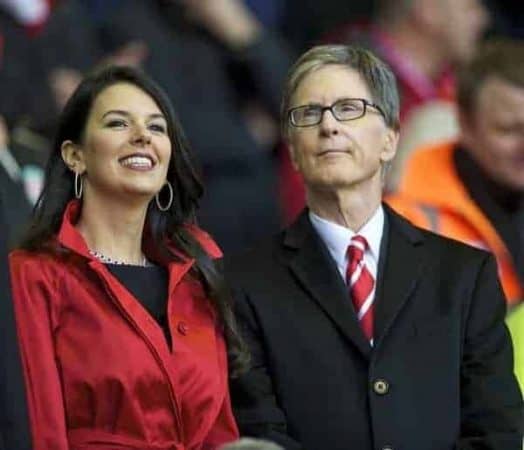



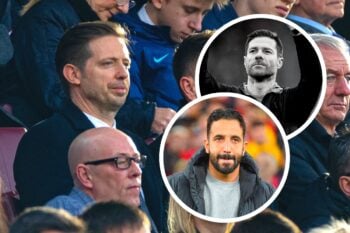
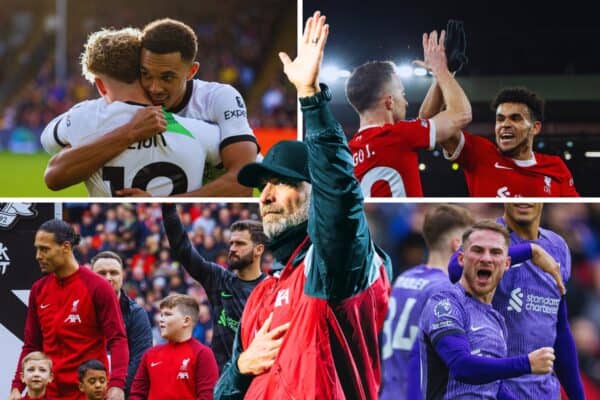


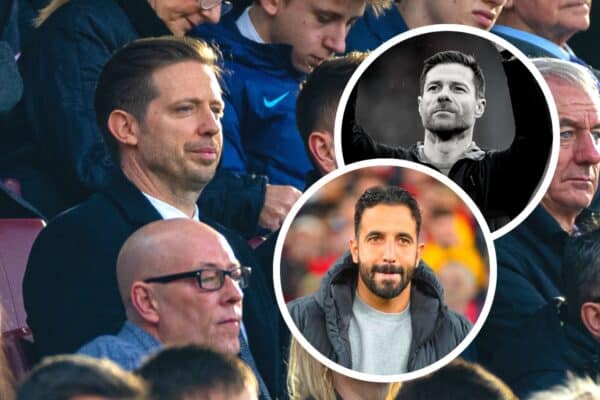
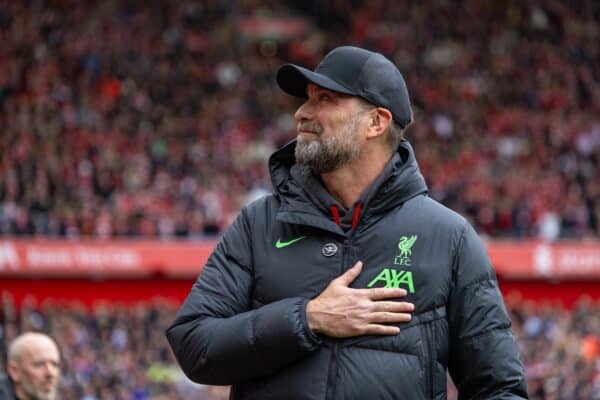
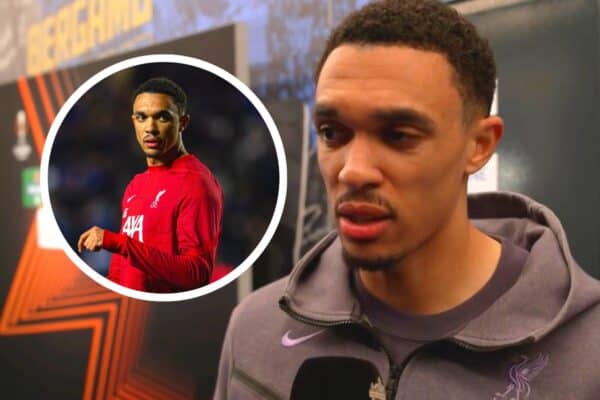
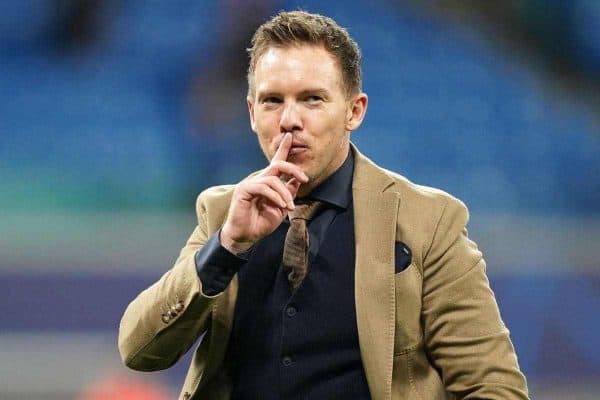
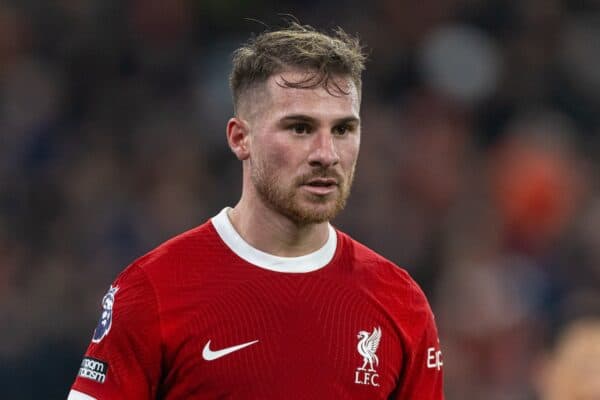

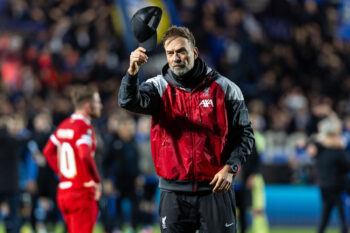
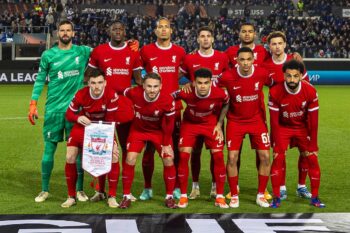

Fan Comments